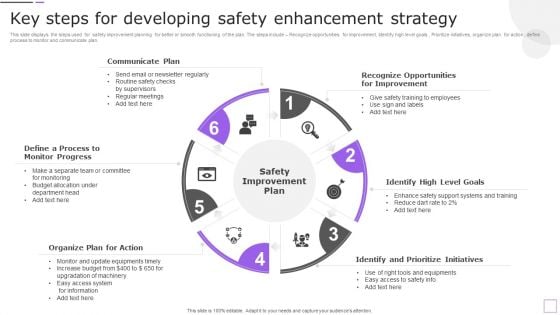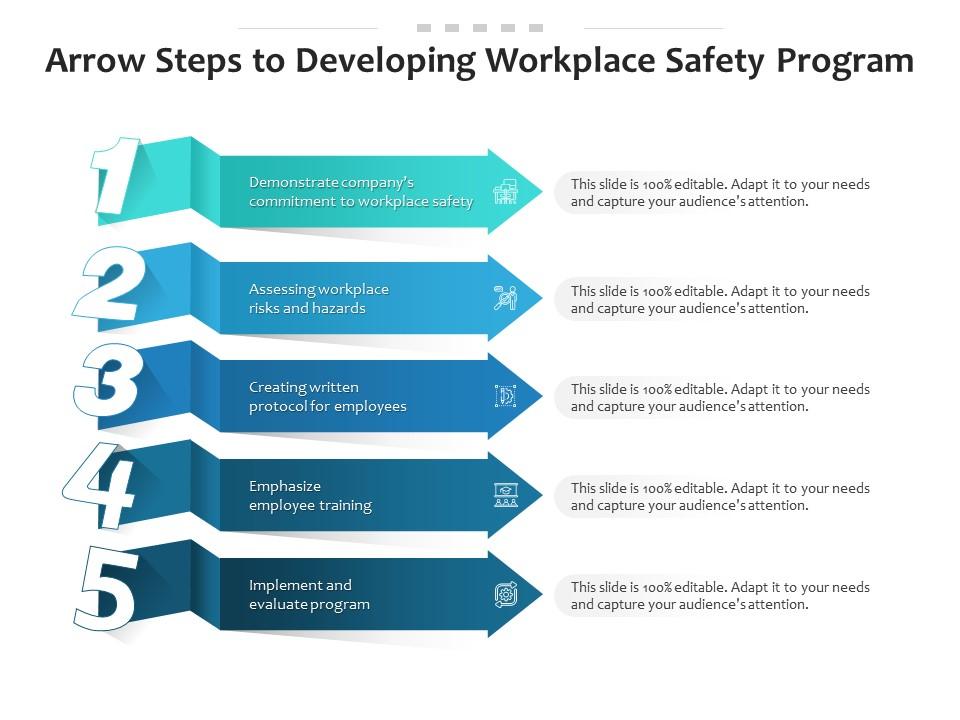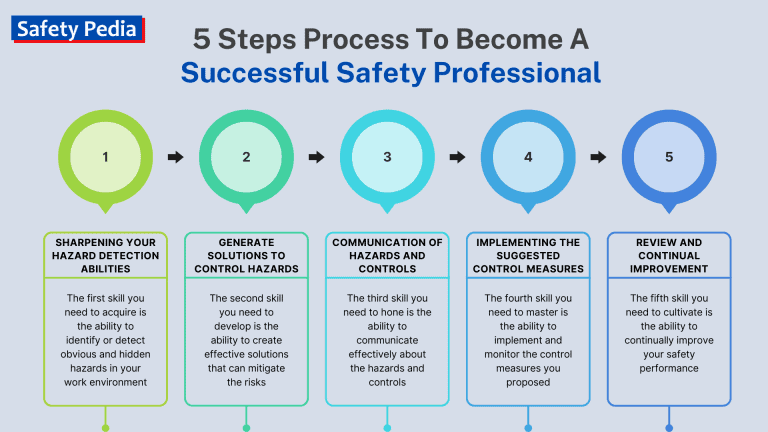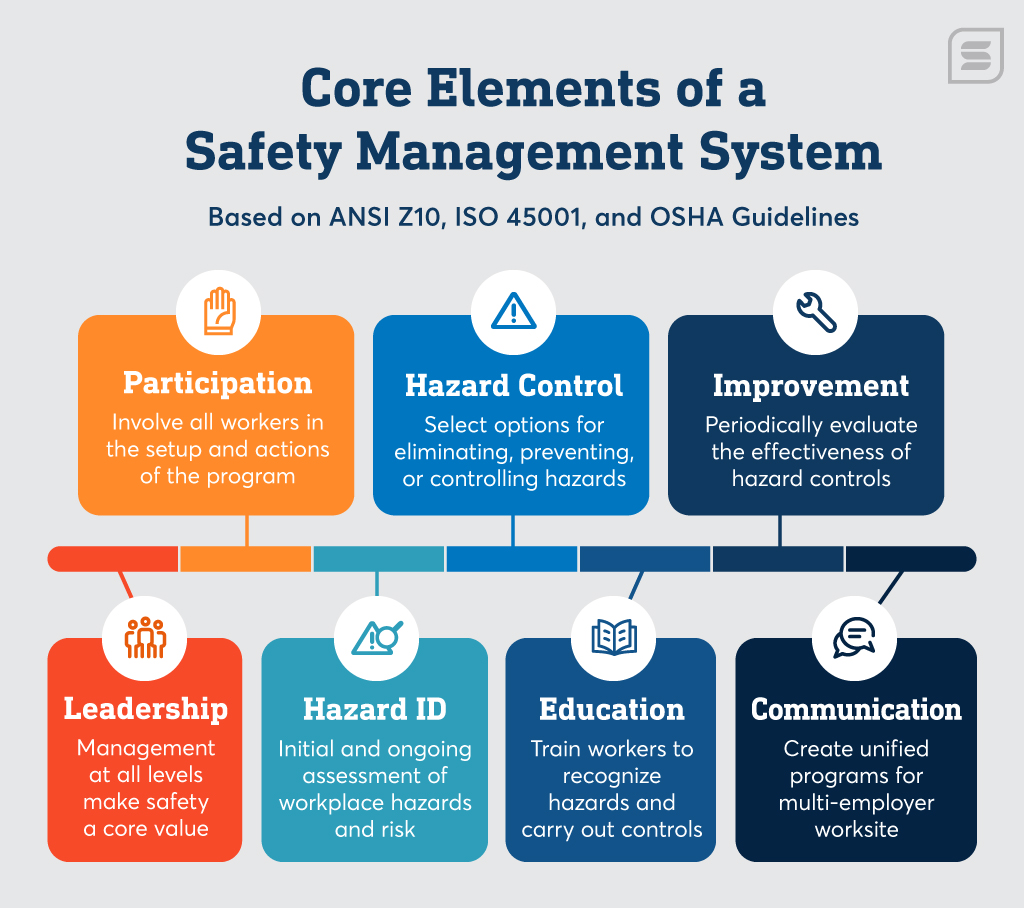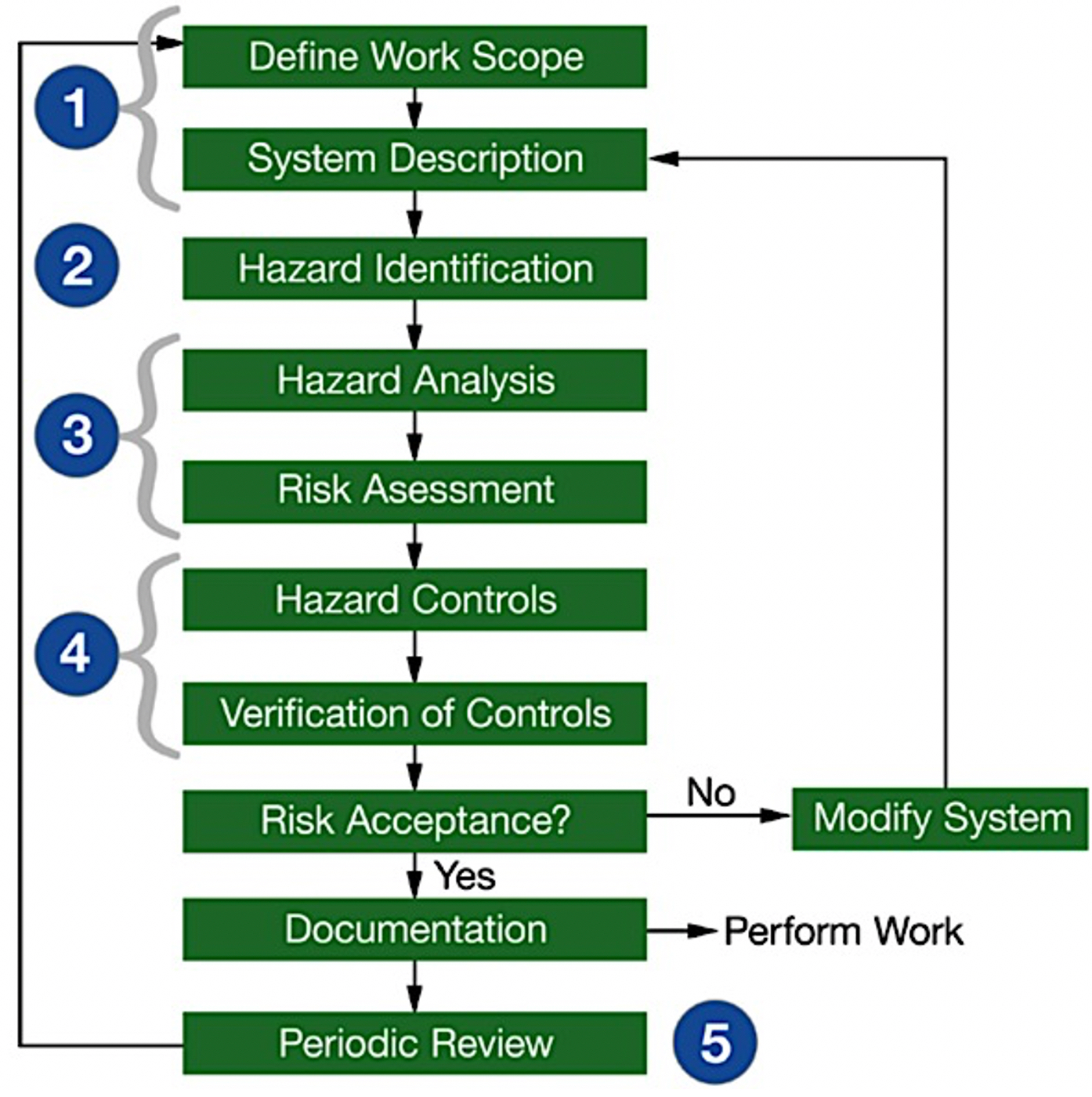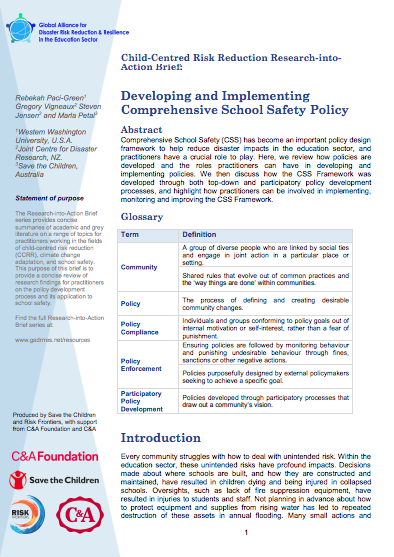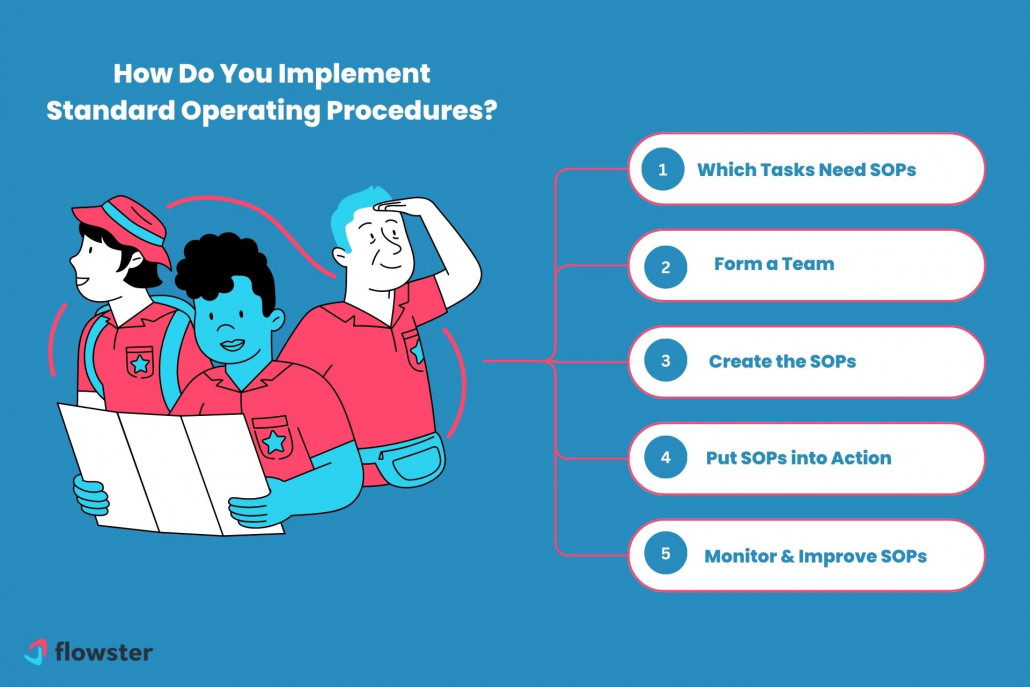The First Step In Developing A Comprehensive Safety

The National Transportation Safety Board (NTSB) has initiated a formal investigation into a near-miss incident involving two commercial airliners at Austin-Bergstrom International Airport (AUS) on February 4th. The incident, which occurred during a runway incursion, prompted immediate calls for a thorough review of safety protocols and air traffic control procedures at the increasingly busy airport.
This investigation marks the first step towards a comprehensive safety review aimed at preventing future incidents and ensuring passenger safety. The NTSB's involvement underscores the severity of the near-miss and its potential to inform broader improvements in aviation safety nationwide.
What Happened?
On the morning of February 4th, a FedEx cargo plane, Flight 1432, was cleared to land on Runway 18L at AUS. Simultaneously, a Southwest Airlines flight, Flight 708, was cleared to depart from the same runway.
According to preliminary reports, air traffic controllers realized the potentially dangerous situation and instructed the Southwest Airlines flight to abort its takeoff. The Southwest pilots successfully halted the aircraft just before reaching the intersection where the FedEx plane was landing.
The NTSB's investigation will focus on determining the precise sequence of events, communication breakdowns, and factors that contributed to the near-miss. Audio recordings of air traffic control communications and flight data recorders from both aircraft are being analyzed.
The Investigation: Key Details
The NTSB investigation team, led by senior investigator John Doe, arrived in Austin within hours of the incident. The team comprises experts in air traffic control procedures, flight operations, and human factors.
The investigation will include interviews with air traffic controllers, pilots from both flights, and other relevant personnel. A detailed examination of the airport's ground radar system and surveillance footage is also underway.
“Our goal is to understand exactly what happened and why, so that we can make recommendations to prevent similar incidents in the future,” stated Jane Smith, an NTSB spokesperson, during a press briefing. The investigation is expected to take several months to complete.
Human-Interest Angle
Passengers aboard the Southwest Airlines flight recounted a moment of palpable tension as the pilots slammed on the brakes. "We felt a sudden jolt, and everyone was bracing for impact," said Emily Carter, a passenger traveling to Cancun for a family vacation.
“There was a collective sigh of relief when the captain announced that we had aborted the takeoff due to an aircraft on the runway,” Carter added. While shaken, passengers expressed gratitude for the pilots' quick thinking and the air traffic controllers' intervention.
The near-miss served as a stark reminder of the human element in aviation safety and the crucial role played by trained professionals in preventing potential disasters.
Potential Impact and Future Steps
The findings of the NTSB investigation could lead to significant changes in air traffic control procedures at AUS and potentially other airports nationwide. Recommendations may include enhanced training for air traffic controllers, improved communication protocols, and upgrades to ground radar systems.
The incident has also raised concerns about the increasing strain on air traffic control infrastructure at rapidly growing airports like Austin-Bergstrom. Local officials and aviation experts are calling for increased investment in airport infrastructure to accommodate the growing volume of air traffic.
The Federal Aviation Administration (FAA) is cooperating fully with the NTSB investigation. “Safety is our top priority, and we will take all necessary steps to ensure the safety of the national airspace system,” said the FAA in a statement.
Beyond Austin: A Broader Context
The Austin near-miss is not an isolated incident. There has been a recent increase in reported runway incursions and near-misses at airports across the country, raising concerns about potential systemic issues within the air traffic control system.
Experts point to factors such as staffing shortages, increased air traffic volume, and aging infrastructure as potential contributing factors. The NTSB's investigation in Austin could provide valuable insights into these broader trends and inform policy changes at the national level.
The investigation highlights the continuous need for vigilance and proactive measures to maintain the highest standards of aviation safety. The NTSB's comprehensive review will be critical in identifying vulnerabilities and implementing effective solutions to prevent future incidents.
The outcome of the NTSB's investigation is eagerly anticipated by the aviation industry, policymakers, and the traveling public alike. It represents a crucial step towards enhancing safety and restoring confidence in the air transportation system.

